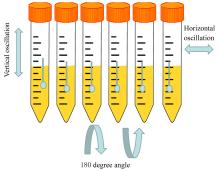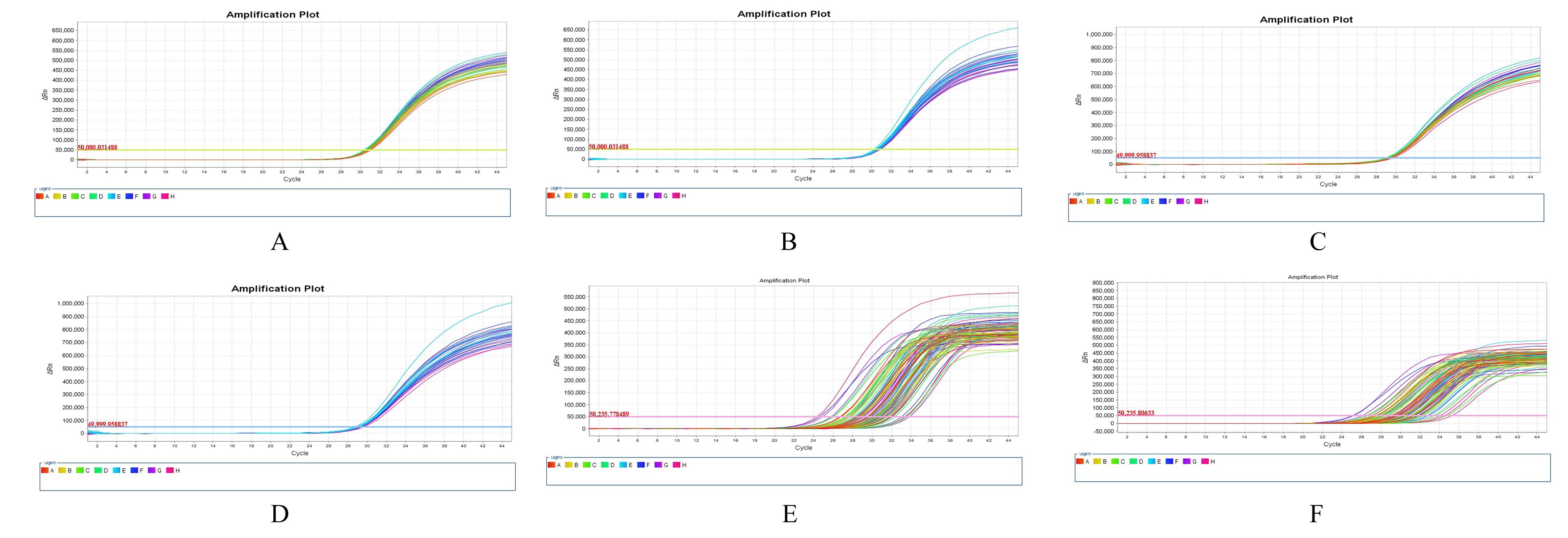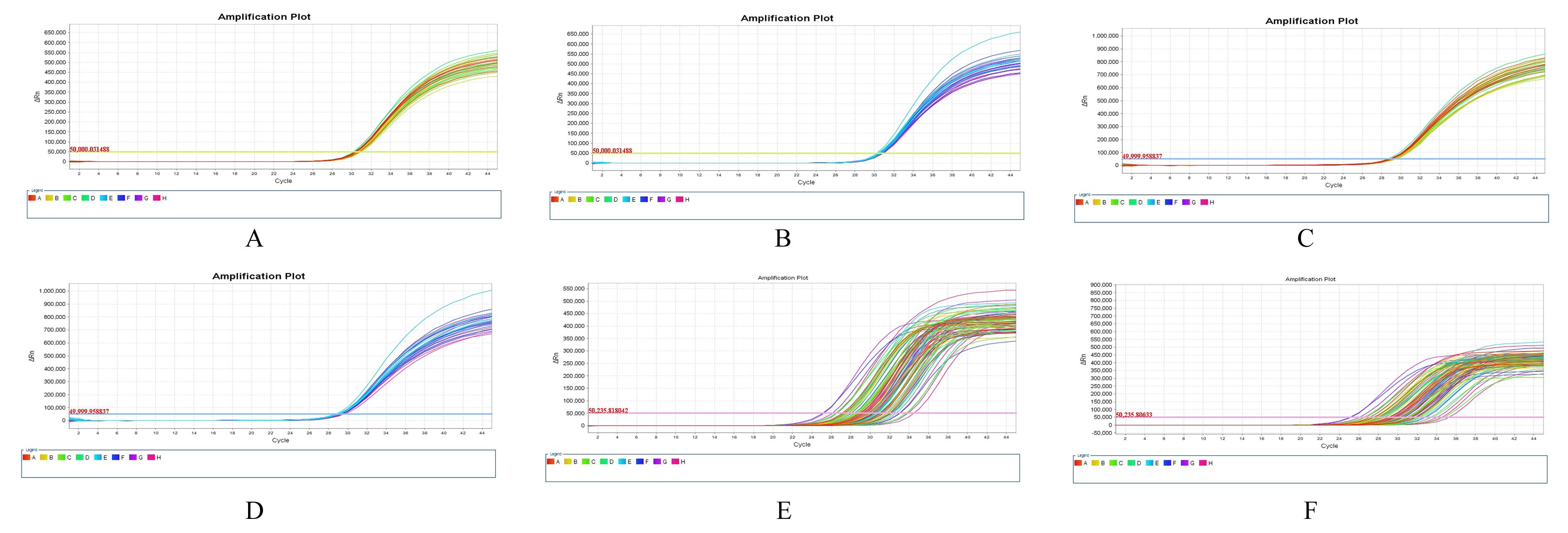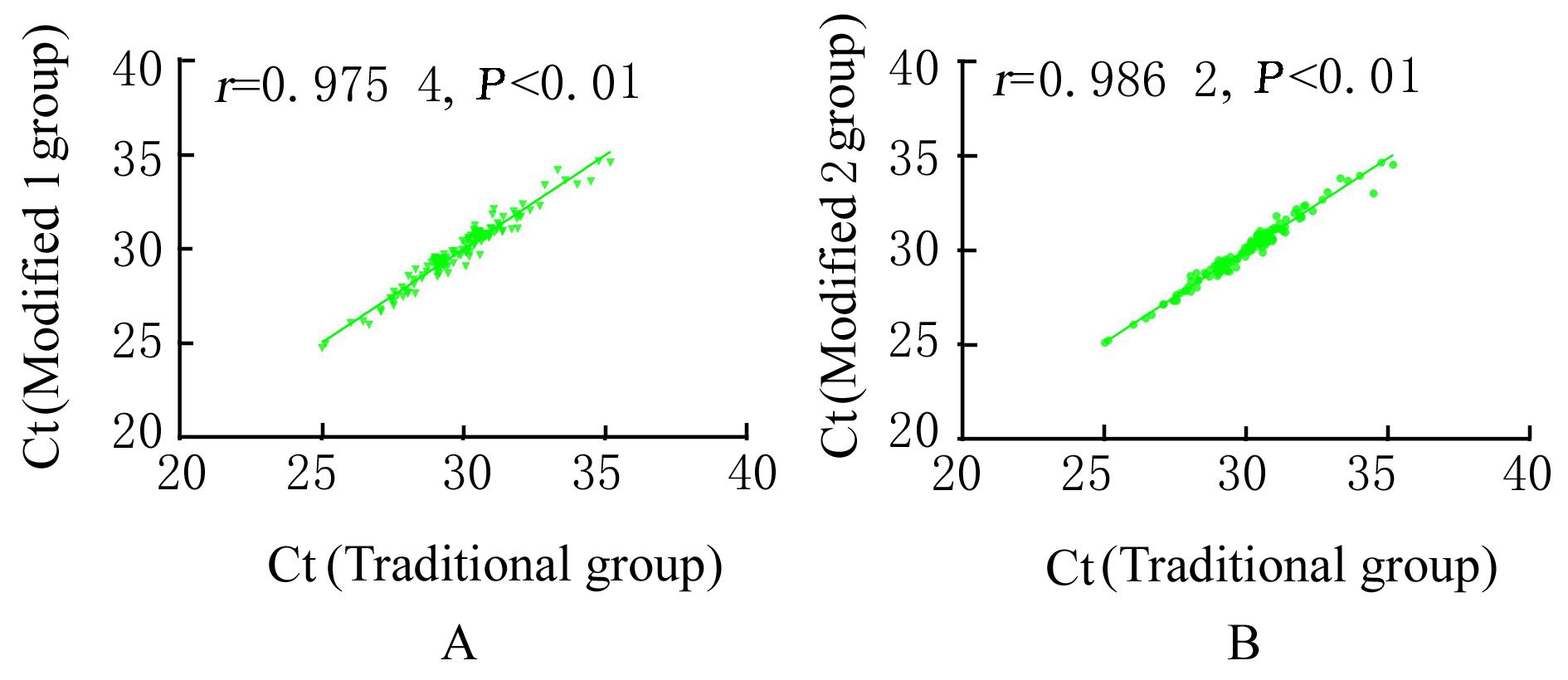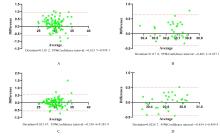Journal of Jilin University(Medicine Edition) ›› 2023, Vol. 49 ›› Issue (6): 1649-1654.doi: 10.13481/j.1671-587X.20230633
• Methodology • Previous Articles Next Articles
Modification and effect evaluation of pretreatment methods for rapid detection specimens of SARS-CoV-2
Guangcai WAN,Ting LI,Weixiu SUN,Xiuyan YU( )
)
- Department of Clinical Laboratory,Tumor Hospital,Jilin Province,Changchun 130012,China
CLC Number:
- R446.6
